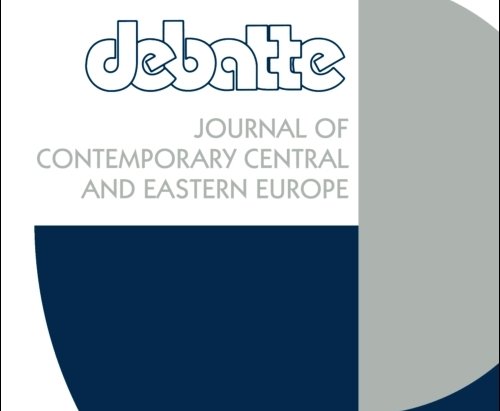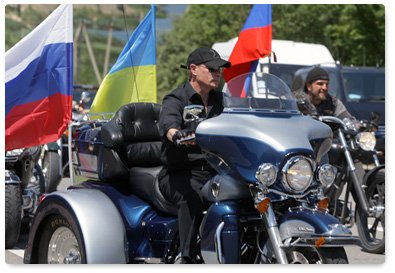(Journal of Contemporary Central and Eastern Europe) This article addresses the public appeal of political actionism in today’s Russia through analysis of the political art of Pyotr Pavlensky. The research uses the methodological paradigm of biopower and biopolitics, as outlined by Michel Foucault and further critically developed by Giorgio Agamben, since it helps to better understand both the oppressive nature of the Russian state, and the protest art of Pavlensky. The article seeks to unpack the struggle for the human body that has started in Russia in recent years, with the state imposing its normalizing and regulatory mechanisms upon private lives and corporeal practices of individuals, and people’s responses by re-claiming their bodies, from an open public discussion of sexuality, domestic violence and gender equality, to the radical exposure of the body by artists like Pavlensky. As the argument goes, the centerpiece of political controversy is not just the battle for the human body, but a battle for sovereignty, defining the limits of state intervention, the borders of the political community and the rights of the individual. The article asks a number of questions: how Pavlensky’s performances can be explained within the framework of the biopolitical regime of Putin’s rule? Whether Pavlensky’s use of his own body for political purposes (a “biopolitical art’ of sorts) is a response to the increased biopolitical intervention of the Russian state that has marked Putin’s third term in office? Why did political protest become corporeal? How does the individual body turn into a tool for political contestation and how does it embody collective meanings? How the politicization of the body transpires, and how an individual body can incarnate a collective body of nation?
Co-authored by Andrey Makarychev and Sergey Medvedev
Read More © Journal of Contemporary Central and Eastern Europe











